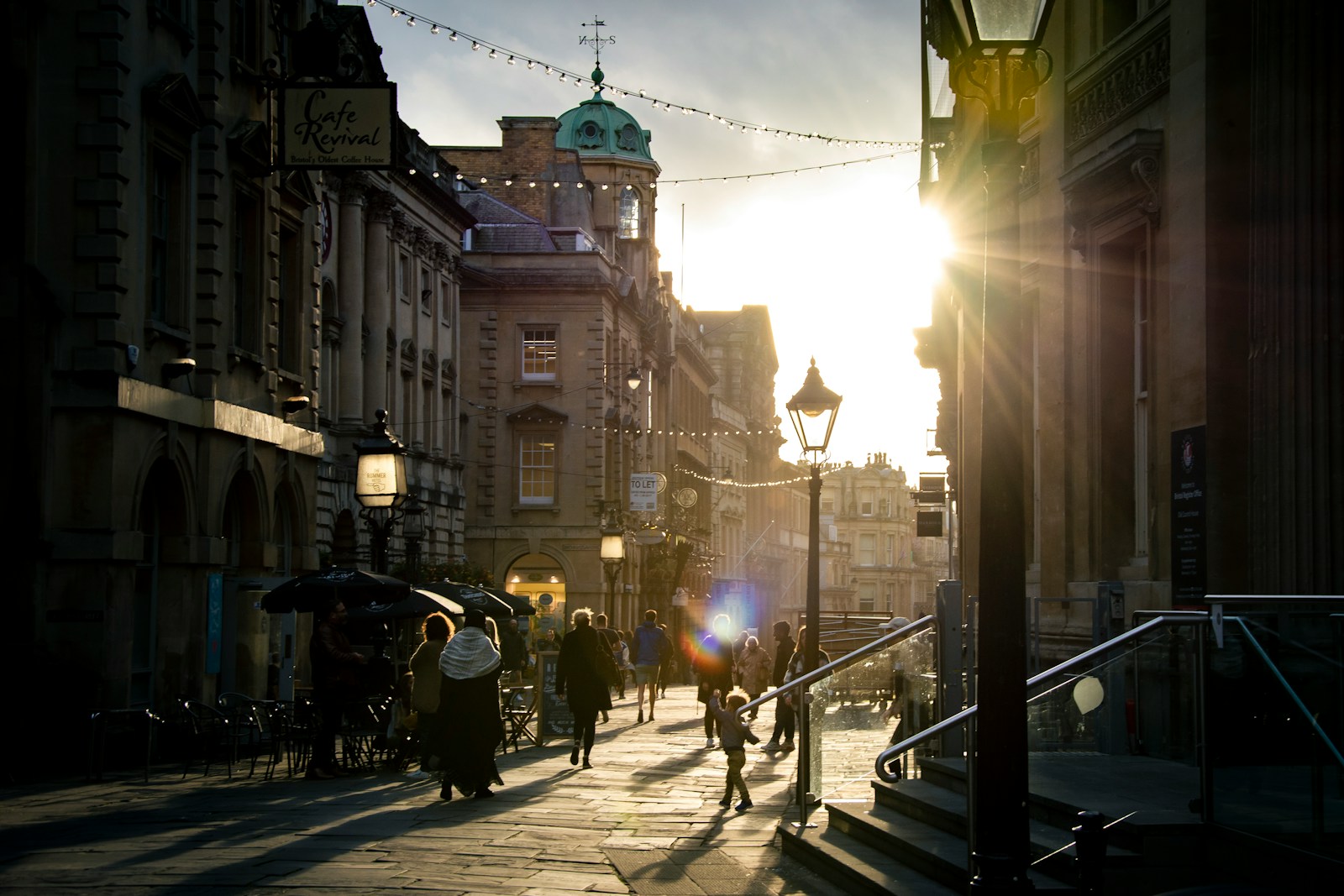Operational report on first year of city’s clean air zone (CAZ) shows success of initiative to reduce levels of nitrogen dioxide pollution – and quickly.
The CAZ in Bristol was launched on 28 November 2022 after central government directed several cities in the UK to reduce levels of NO2 levels in the shortest possible time. The scheme is simple: if a vehicle does not meet a certain standard for the levels of emissions it produces, a fee of £9 must be paid to drive it in the city centre area.
The idea, of course, is to discourage the use of non-complaint vehicles – and it seems to be working well. When the scheme began just over a year ago, such non-compliance was thought to comprise up to 29% of vehicles traveling into Bristol. The new report shows that the numbers of non-compliant vehicles has fallen to 12%.
There has been a corresponding improvement in air quality – even outside the CAZ itself. Data collected from nearly 170 monitoring stations shows an average reduction in NO2 concentrations across the whole city of 9.7% – equivalent to a reduction of 3.2µg/m3 per year. Larger reductions in NO2 concentrations were recorded inside the CAZ, where the average was a fall of 12.8% (4.3µg/m3 per year).
Mayor of Bristol Marvin Rees adds: ‘I am delighted to see that the clean air zone is already making a huge difference to Bristol’s air quality, which will have a positive impact on residents’ health now and in the future.’
Christina Gray, Director of Communities and Public Health at Bristol City Council, adds: ‘Clean air is important in helping reduce the risk of respiratory issues and infections such as asthma, lung cancer, heart disease and stroke. Air pollution can also contribute to other health issues like depression.
Another benefit is the money raised from the scheme. Over its first year, after accounting for operating costs and a proportion of each £9 fee paid to the Department of Transport, the Caz generated a little under £26.4m. That can be used to bolster wider efforts in Bristol to encourage greener and more active forms of travel. Last year, Portway Park and Ride was the first new railway station to open in Bristol in almost a century, and the new Ashley Down station ought to open later this year.
‘Millions of pounds of support have been paid out to Bristol residents and businesses to help them upgrade to cleaner vehicles,’ says the mayor. ‘We have continued to invest in active travel, completing pedestrianisation schemes inside and outside of the clean air zone.
‘After securing millions of pounds over previous years to retrofit buses in Bristol, these cleaner vehicles have seen passenger numbers rise despite challenges.
‘The air that we all breathe is cleaner than it was in November 2022. Nitrogen dioxide pollution is down by 10% across Bristol and is almost 13% lower inside the clean air zone. Outside the Bristol Royal Infirmary and Children’s Hospital, nitrogen dioxide is down by around 20%.’
Diffusion tubes used to measure air quality as some 170 sites across Bristol show even greater reductions: levels at Park Row were down by 27.5% and at Bedminster Down Road and at Upper Maudlin Street by 27%.
What’s more, says the mayor, ‘despite fears that air pollution might be displaced across the Caz boundary, it has fallen across our city.’
In related news:














Leave a Reply